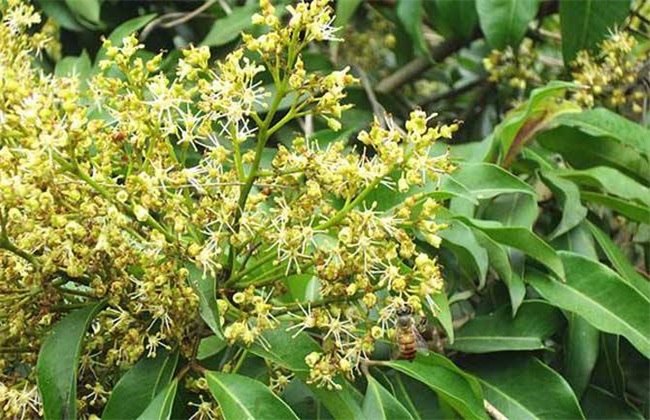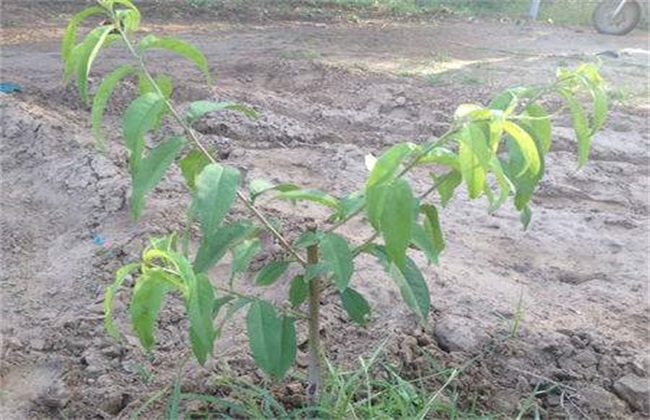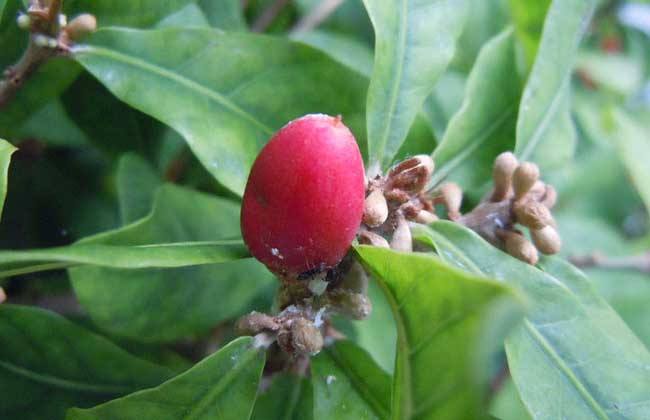Management techniques for fruiting period of Litchi
Litchi is a common fruit in summer, there are many varieties, such as early ripening, late ripening, late ripening and other different growth periods, so that the supply of litchi in the market can last longer. Litchi is very popular, coupled with the seasonal fruit, the economic benefit is much better than other fruits. In order to get more income, it is necessary to be high-yield. in order to achieve high yield, the management of the result period is very important. Let's learn how to do it.

1. Rational fertilization
Pre-flowering fertilizer is applied in December of the first year, nitrogen fertilizer accounts for 30% of the whole year, phosphate fertilizer station 2 accounts for 30% of the whole year, and potash fertilizer accounts for 40% of the whole year, which can prevent spring senescence. Strong fruit fertilizer is applied 15 days after flower fade, mainly potassium, potash fertilizer accounts for 50% of the whole year, nitrogen fertilizer accounts for 30% of the whole year, phosphate fertilizer accounts for 20% of the whole year, mainly to supplement nutrition and prevent physiological fruit drop. Fruit-picking fertilizer, used a week before picking fruit, is mainly to ensure the tree potential and cultivate autumn shoots. Nitrogen fertilizer accounts for 50% of the year, phosphate fertilizer 30%, potash fertilizer 20%.
2. Rational irrigation
In the later stage of flower bud differentiation, irrigation to prevent dryness, promote the rapid differentiation of flower buds, in case of rain during flowering, shelter from rain, dredge drains after rain, less watering at flowering stage, easy to fall flowers, drought should be watered in time in the evening. The fruit period should be fully hydrated and irrigated once every two weeks. when it is ripe, it should prevent fruit cracking and water less.
3. Cultivate the soil by ploughing.
Loosen the soil twice, the first time, before and after fruit picking, the depth is 10 cm, after the autumn shoot is mature, once again ploughing, the depth is 15 cm. It is mainly to cut off a small number of roots to restrain the winter shoot. Finally, before flowering, the depth is 10 cm. Loosen the soil layer and promote rooting. After clearing the garden, cultivate 5 cm of soil and keep warm and protect the roots.
4. Plant adjustment
To cultivate fruit-bearing branches, the thickness is generally more than 0.4 cm, and the thin and weak branches should continue to be cultivated or thinned. The length is about 20 centimeters. A long branch should be cut off, not a fruiting branch. The old and weak branches are not suitable for fruit, and they are renewed and replaced in the prosperous summer. The leaves with little growth and light color should be thinned out. Dense branches leave strong branches and drooping branches cannot bear fruit and should be cut off.
5. Artificial pollination
Keep bees in the orchard during flowering and let bees pollinate indirectly. Or collect pollen, pollinate with a brush on a sunny day, or spray powder with a powder sprayer, the brush is accurate but laborious, and the accuracy is a little less accurate, but convenient. Boric acid can be added to the pollen liquid to protect flowers. Pollination should be re-sprayed after rain.
The above is the main management content of florescence, thank you for reading, hope to be helpful to you, learn more, welcome to continue to support
Related
- Moge, come on! The staff of the peasant association in the producing area of cantaloupe were frightened when the crowd gathered.
- Causes and Solutions of low Fruit setting rate of Apple
- Symptoms and control measures of passion fruit virus disease
- Fruit growing lesson: how do apple orchards keep high yields?
- Can you build orchards in the mountains? What are the pros and cons?
- How to manage the coloring period of Crisson grape?
- This paper introduces the processing technology of two kinds of fig products.
- How much is a month for retired teachers in rural areas by 2020?
- How can strawberry planting increase sugar content? We should pay attention to management in many aspects.
- What are the cultivation techniques on how to improve the yield of golden fruit?



